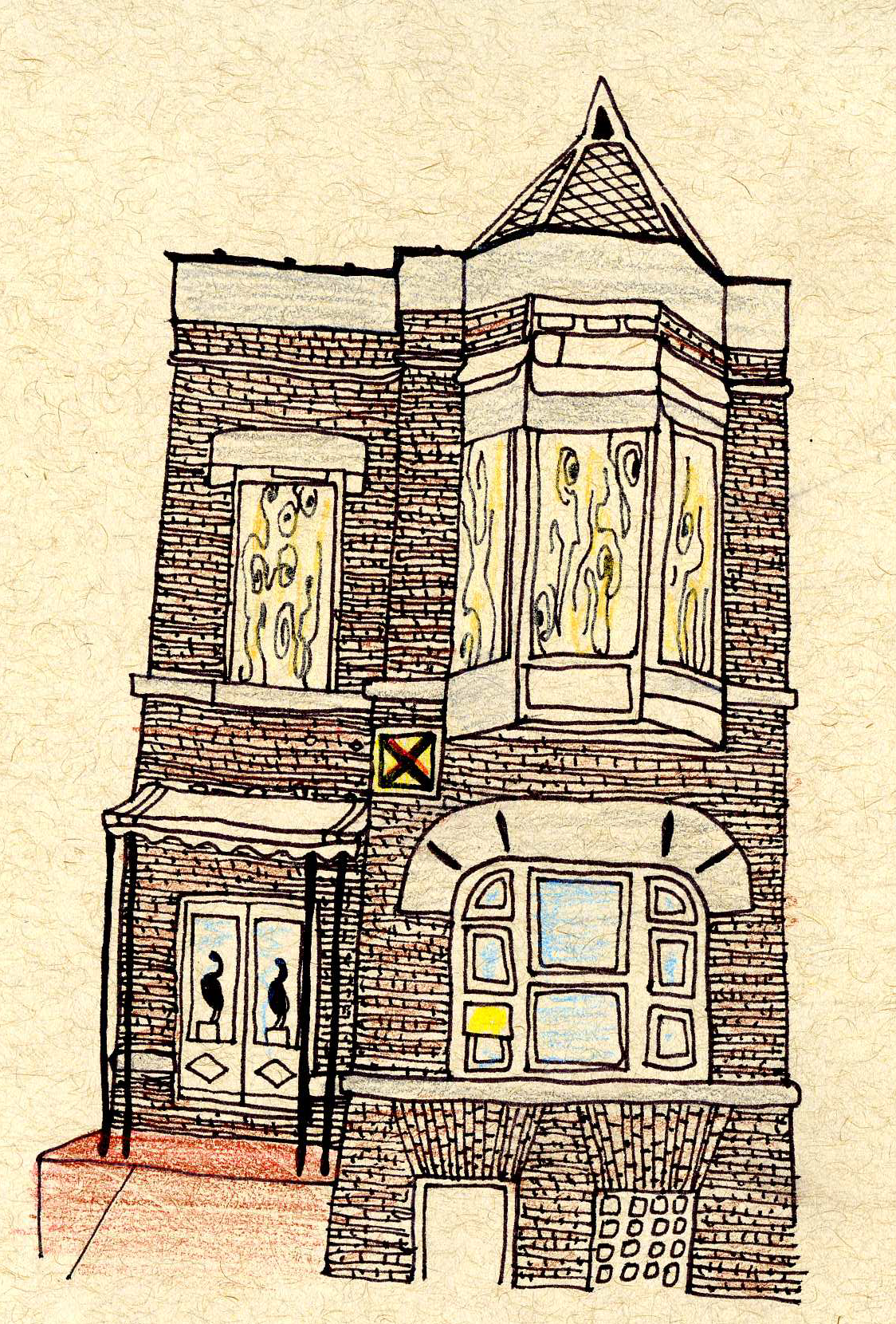In the late 1950s, a house near 43rd Street and Lake Park Avenue functioned as a hub of music and culture on the South Side. It was the home of none other than Muddy Waters, remembered as the father of modern blues music—a link between blues and rock ‘n’ roll. Over half a century later, the legendary blues performer’s red brick house has fallen into disrepair and foreclosure. Now at risk of court-ordered demolition, fans, neighbors, and preservation organizations are trying to save the house as a homage to the man and the legacy of his music.
The row of houses in North Kenwood where Waters’s former home sits looks like a sea of brick and peaked roofs. Waters’s is the last house on the row; it’s a dark, gritty red with some bricks missing and some color scraped off. The windows that once opened up to let music flow through the neighborhood are now boarded up with plywood, the gutter and drains barely in one piece. The doors, glass inserts with pink flamingos and the house’s namesake scrawled on them, remain mostly intact. Most noticeably, a sign bearing a large red “X” is attached above the door, part of a Chicago Fire Department program to warn firefighters of structurally unsound buildings which is now being phased out.
Due to the dangerous condition of the house, its immunity from demolition can be vetoed. This immunity stems more from the house’s location than its cultural legacy: because it is in a city landmark district, it is provided protection unless deemed unfit by Building Court. Still, locals are working hard to save the home, in order to commemorate Waters.
After his move from Mississippi to Chicago in 1943, Waters was known for tracks like “Hoochie Coochie Man” that came to define Chicago blues. By the time of his death in 1983, Waters had garnered six Grammys, a spot in the Rock ‘n’ Roll Hall of Fame, and the loving respect of the Chicago blues community.
Waters’s house in Kenwood stands as a physical testament to his legacy—Chicago’s Department of Cultural Affairs historian, Tim Samuelson, has been known to call the home “Chicago’s real House of Blues.” As community members now await a decision on the foreclosed, beloved home, neither blues enthusiasts nor neighbors are taking its fragile state lightly.


What is the current status of the home?
Is it still on the market?
Has anyone bought it with the intention of preserving it?